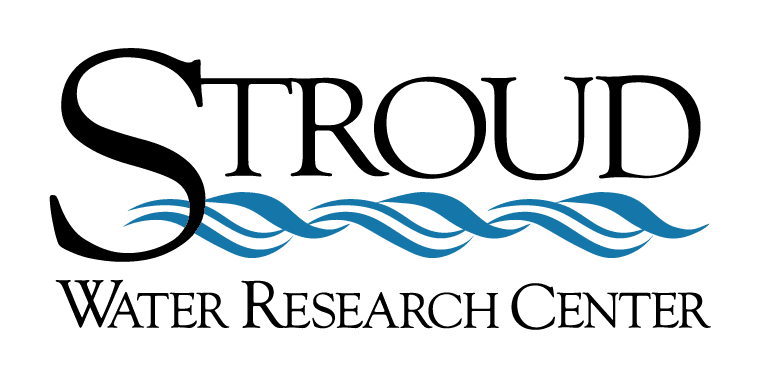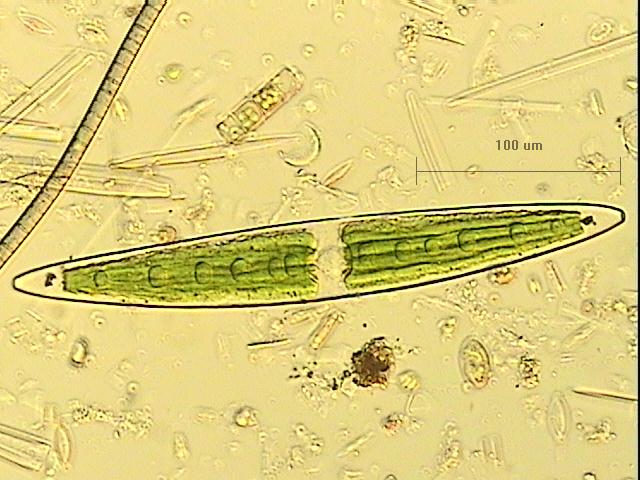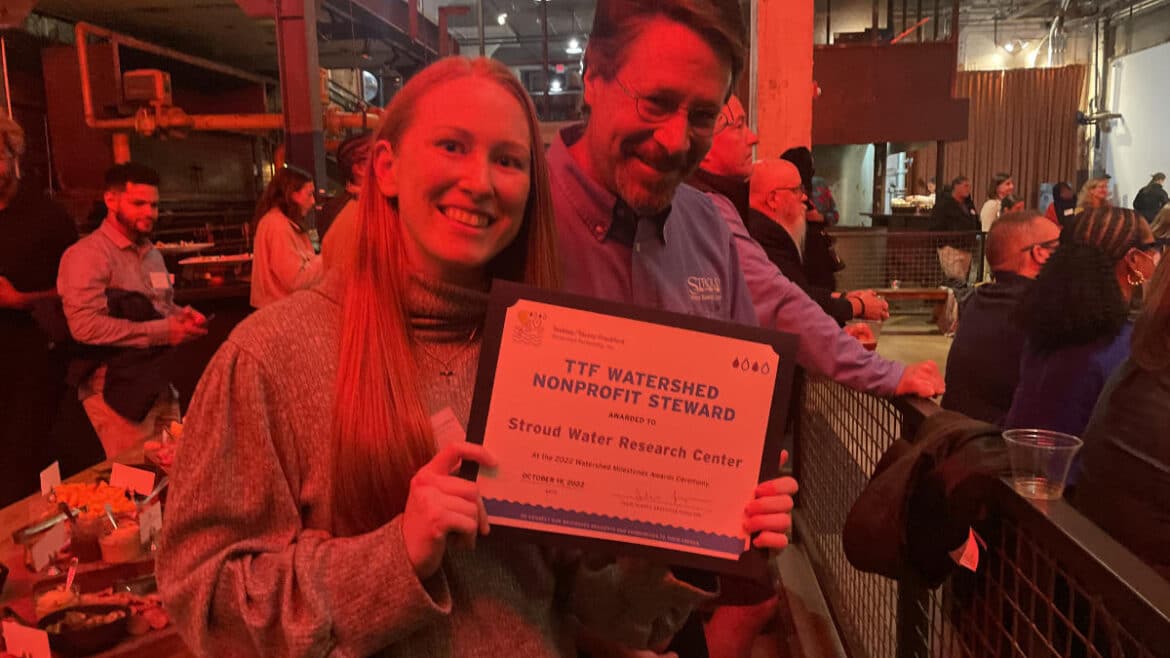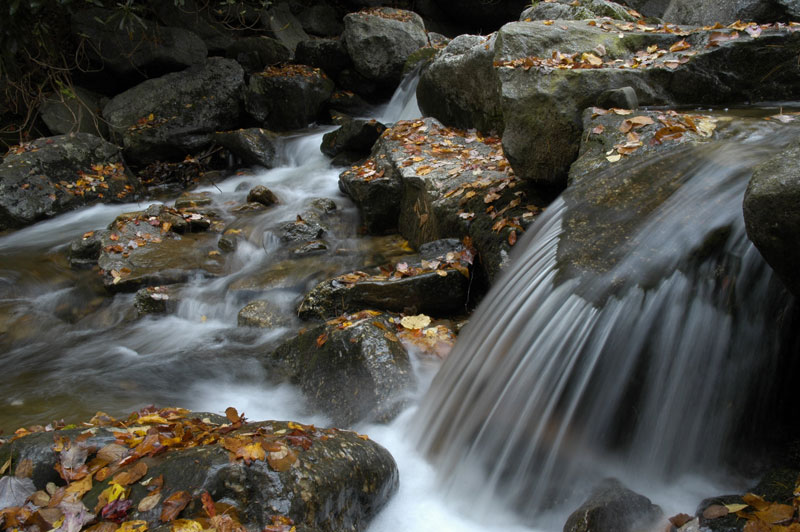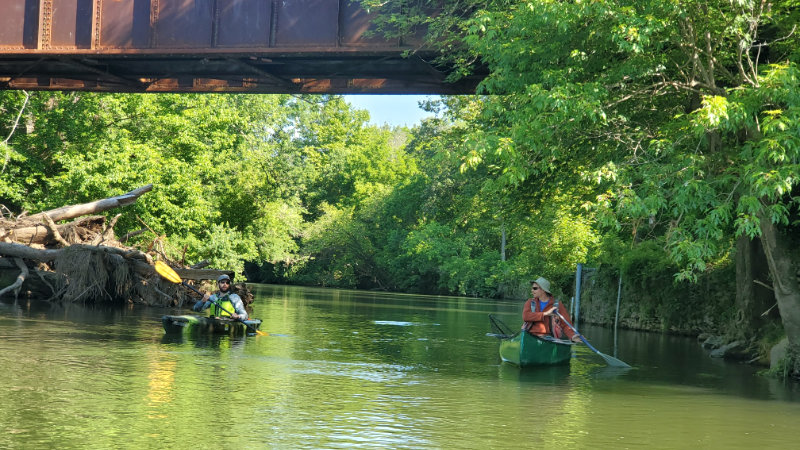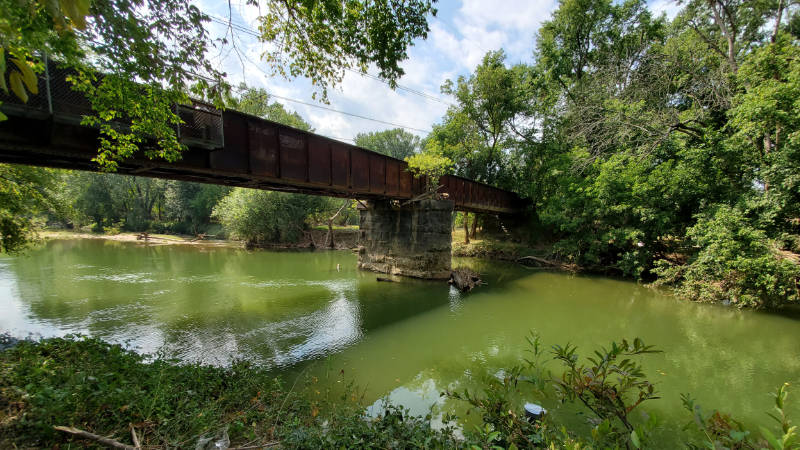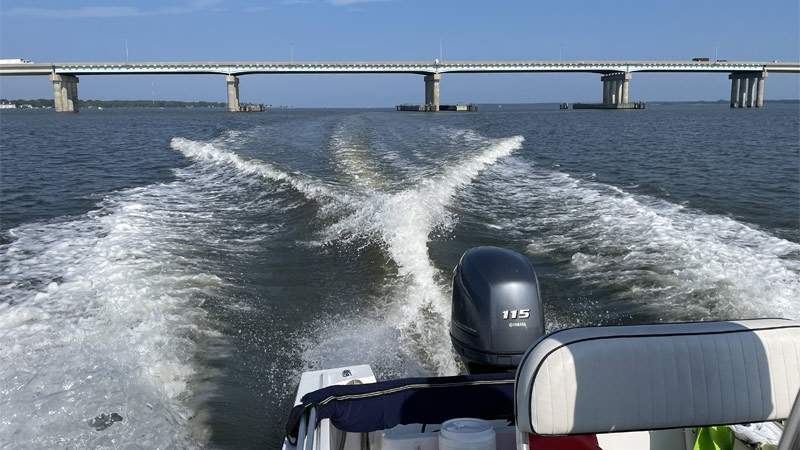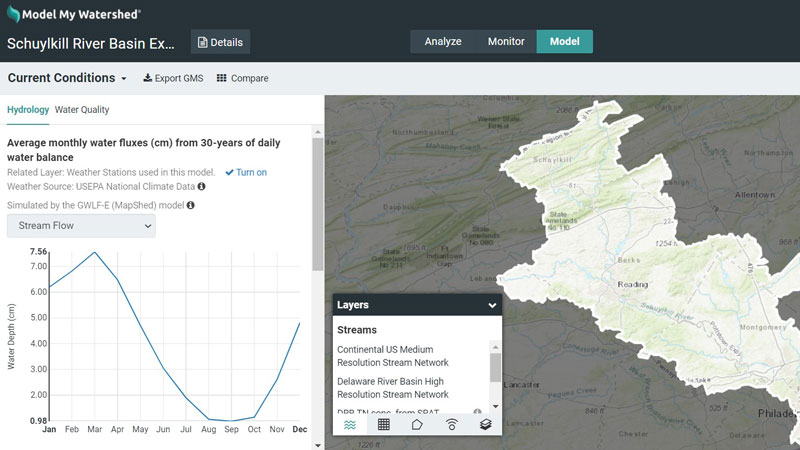A Fresh Look at River Algae in the Delaware River Basin
https://stroudcenter.org/wp-content/uploads/1172_Closterium_20x.jpg 640 480 Stroud Water Research Center Stroud Water Research Center https://stroudcenter.org/wp-content/uploads/1172_Closterium_20x.jpgA novel method to evaluate how algal concentration changes during river floods may be key to more accurately predicting how to keep algae under control.
